Inherited Pieces: Embrace the Approach That Works for You
As an interior designer, I get the privilege of observing humans in their natural habitat. I get to immerse myself in people’s homes and witness their struggles firsthand. When I wrote Escape the Inheritance Trap: What to Do With Sentimental Pieces, it was because I had so many clients who struggled with this issue. They allowed other people to tell them how they should deal with the passing of a loved one, and how they should honor their family.
When the ideabook generated more than 300 comments, I realized this was a larger issue than I had originally thought. Some of the comments amounted to people proclaiming that their way — “Never refinish an antique!” “Stop being so attached to stuff!” — was the right way to tackle this issue. I realized those narratives were part of the struggle.
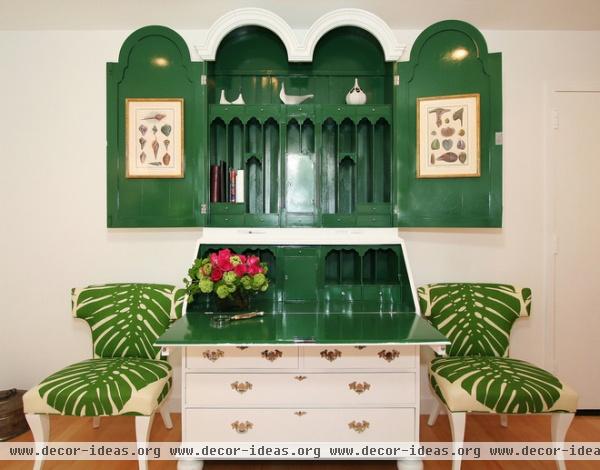
My interior design philosophy is essentially moral relativism by way of Diff’rent Strokes: “What might be right for you may not be right for some.” We all come from different cultures, religions and family dynamics. We have all faced different tragedies and obstacles. All of these things contribute to how we see the world.
There is no one right way to handle this issue. The trick is not only to figure out what’s right for you, but to embrace it — and maybe when you embrace it, you will stop imposing your way onto someone else.

There’s a great book by Gary Chapman called The 5 Love Languages. In it he explains that we all have our own ways of showing love, and none are wrong. Let’s say your way is to spend quality time with your loved ones, but your partner’s is through words of affirmation. If you don’t recognize this difference in each other, then you could both end up feeling slighted and, worst of all, miss out on the love that is being offered to you.
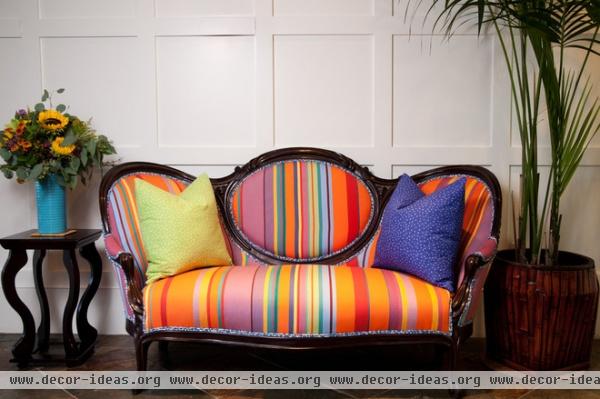
The way you view inherited items is similar. My aunt Angie loves family heirlooms. They make her feel connected to the past, and she takes great care of them. Her sister, Karla, is the opposite. She feels connected through relationships and has little need for tactile reminders. If she likes the bones of her mother’s (my grandmother’s) dining table, it wouldn’t faze her to spray paint it hot pink to fit her style.
Neither of them is wrong or loves her family less. They’re simply different.

When it comes to dealing with inherited items, people tend to fall on a scale between preservers, like Angie, and innovators, like Karla. Thank goodness for preservers! It’s because of them that we have precious artifacts and museums full of history. We are able to examine the past.
Thank goodness for innovators! They build upon the past and push us forward with new ideas. The world needs both.
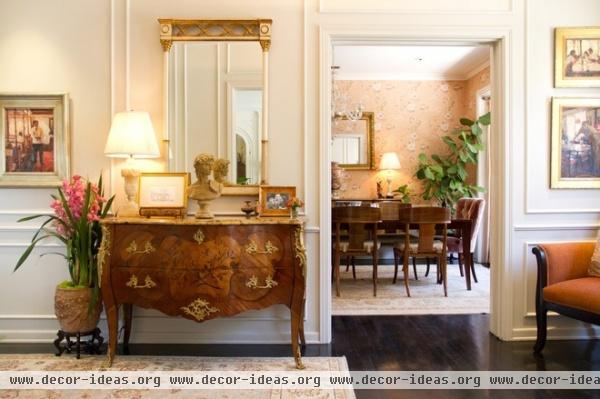
I have a client who has a clock that has been passed down through her family for generations. She doesn’t feel any emotional attachment to it, but it was originally a gift from Napoleon. Napoleon! In this case the item has too much historical and monetary value to be transformed into something new. The clock, which she respects but doesn’t love, is not the focus of the room.
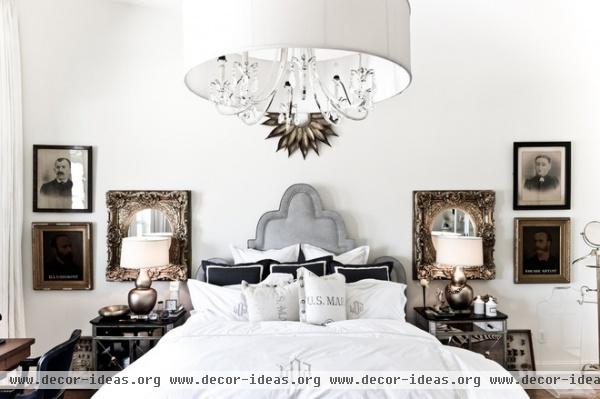
Displayed much more prominently is a beautiful sepia photo in its original frame depicting her aunt and namesake. While this item has less objective value than the emperor’s gift, it’s of significantly more emotional value to her. If things were the other way around, and she felt a strong connection to the clock, she wouldn’t be more or less right. She’d simply be different. A different person coming from a different perspective with a different story.
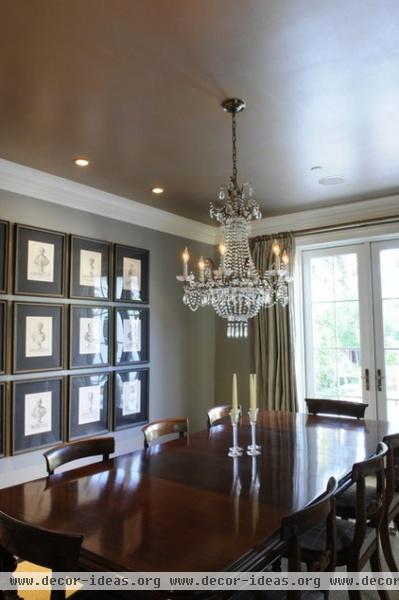
I lean toward the innovator side of the spectrum, but I can’t dismiss someone else’s attachment to a piece (or even the history of a piece) simply because it’s a thing. To claim that things have no real meaning or shouldn’t have any meaning seems unrealistic. Our world is full of things. They give us comfort and bring beauty into our lives. They trigger memories and make us feel connected. My wedding ring is just a thing, but I love it. It’s a reminder of my love for my husband. If I lost the ring, I have to admit I would be sad, but does the ring define my marriage? No.
If a thing makes you happy and brings joy into your life, that’s awesome. If you want to display it in its original glory, great. If you want to refurbish the heck out of it, that’s great, too! The point is to honor the people and things you love in your own way.
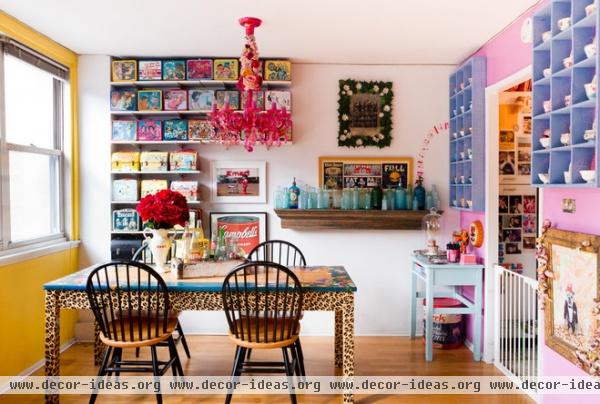
Things, by their very nature, are fleeting. They get lost, burn in fires and break. To put more value on things than yourself and others seems backward and sets you up for disappointment.
Don’t keep something you hate simply because it has monetary value. If the item doesn’t bring you a warm memory or enhance your life in some way, why not free yourself from it? Sometimes the best action you can take for your own well-being is to simply let something go.
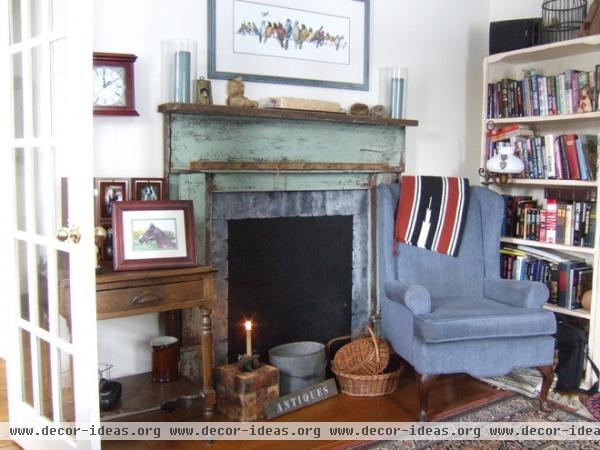
I was recently at an estate sale, walking around a lovely home. I thought, “Wow, you really can’t take it with you.” Part of me was sad to see these beautiful pieces left behind … and for a moment I wondered why one should even have them in the first place.
But at the same time, I could see that this family had surrounded themselves with beauty and comfort. They had filled their lives with beautiful memories, and they had the things to prove it. At that moment I saw both sides of the issue clearly — the need to hold on to the past and the need to release it.
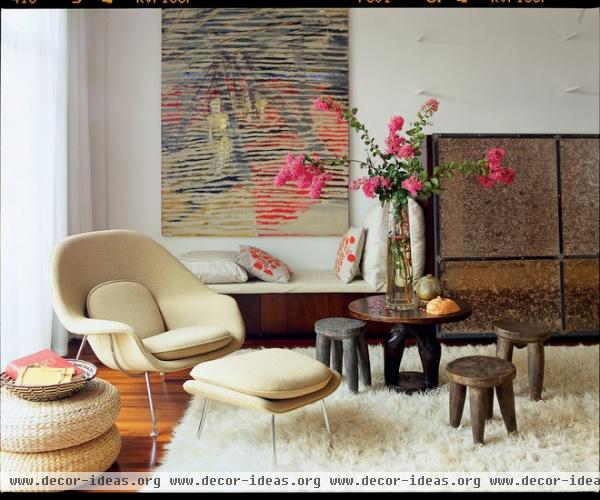
An item I cherish and will one day pass on (if my descendants want it) is an enormous photograph my husband took while we were in Paris several years ago. On that same trip, I was talking with a man who owned a vineyard that had been in his family for generations. He said something that really stuck with me: “We must honor the past and be excited about the future.”
I can’t think of better advice than that.
More: Escape the Inheritance Trap: What to Do With Sentimental Pieces












